European Sky Shield Initiative - Iron Dome by Rheinmetall
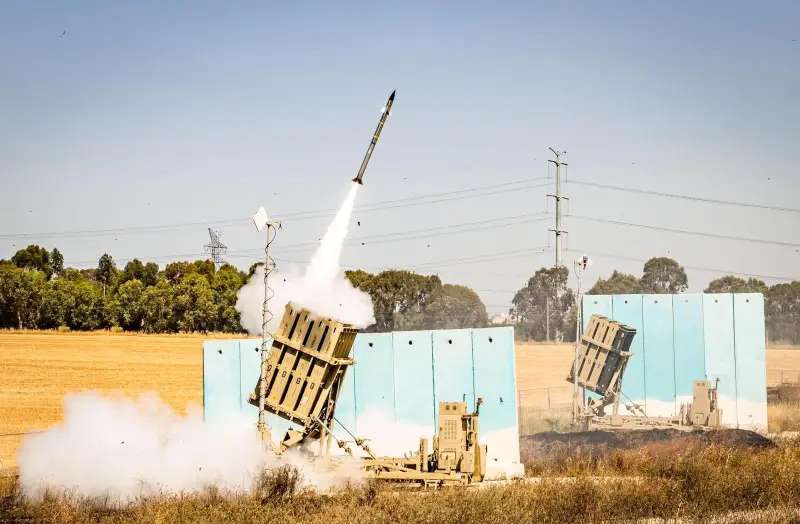
Combat work of the Iron Dome air defense system, 2021. Photo of the Israeli Ministry of Defense
A year and a half ago, at the initiative of Germany, a program was launched to create a unified European air and missile defense system, the European Sky Shield Initiative. Now it is at the stage of resolving general organizational issues and preparing for the future development of a full-fledged project. At this stage, various proposals are made. In particular, the Rheinmetall concern pointed out the possibility and necessity of using the ideas of the Israeli Iron Dome project in the new air defense-missile defense system.
"Heavenly Shield"
The European Sky Shield Initiative or ESSI was proposed in August 2022 by German leaders. Observing Russian attacks on Ukrainian targets, it pointed to the need to create an integrated European air defense and missile defense system based on modern components. Such a system should protect Europe from all current and future threats.
In October, 15 countries of Central and Eastern Europe joined the initiative, incl. 14 NATO members. At the beginning and in the middle of 2023, the list of participants was replenished with four new states. It is curious that at this stage the formally neutral Austria, Sweden and Switzerland decided to participate in the program. Recently they announced the inclusion of Greece and Turkey in the “coalition”.
The ESSI plan provides for joint procurement of several types of anti-aircraft systems for deployment throughout Europe and the organization of a single air defense space. According to the initial proposal of Germany, the layered defense system will be based on three European and foreign air defense systems of medium, long and ultra-long (extra-atmospheric) range.
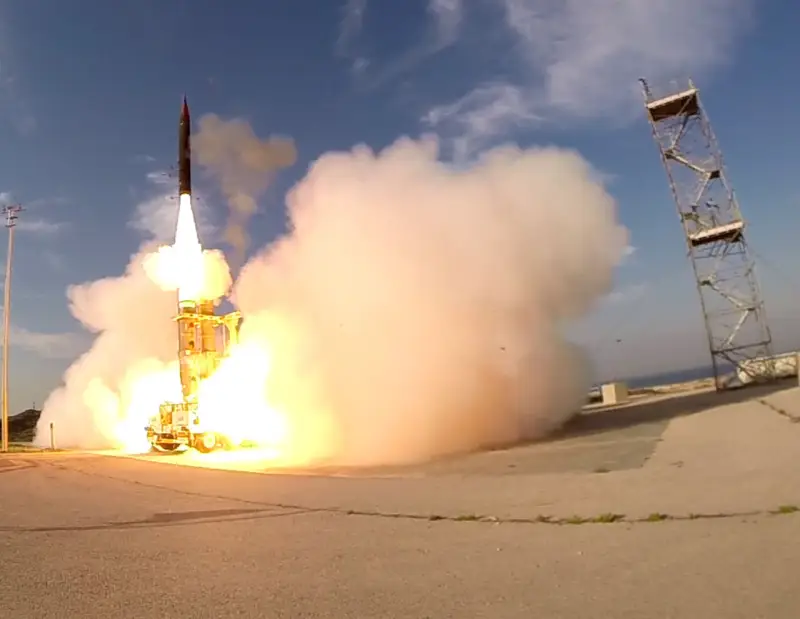
Arrow 3 missile launch. Photo US Missile Defense Agency
In 2022, the German leadership spoke about the possibility of carrying out all purchases and deploying a common air defense system within five years. However, the specific timing of the implementation of such plans will depend on the speed of decision-making, placement of necessary orders, etc.
It is curious that not all European countries were enthusiastic about the German initiative. Thus, Italy, Spain, Poland and France have not yet joined the program. Moreover, official Paris criticized ESSI for its strange choice of procurement systems - of the three products, only one will be produced in Europe. At the same time, French developments were not included in the final version of the plan.
Additional echelon
On March 20, the British edition of the Financial Times published statements by Armin Papperger, CEO of the German concern Rheinmetall. He revealed some details of the work carried out and planned on the topic of “Heavenly Shield”, and also made a new proposal.
According to A. Papperger, the possibilities of further improving the ESSI system were previously considered, incl. by changing its structure. It was proposed to supplement it with a short-range echelon to intercept air targets that managed to overcome other lines of defense. The four-tier architecture will increase the reliability of air defense missile defense.
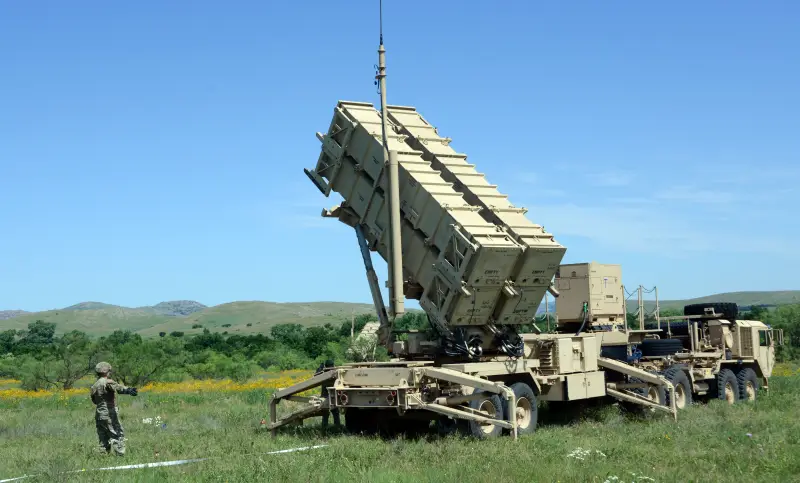
Patriot system launcher. Photo by US Department of Defense
The head of Rheinmetall believes that European countries really need to develop short-range air defense systems with air defense and missile defense functions. Such a complex should be similar to the Israeli Iron Dome product or superior to it in its main characteristics.
The Financial Times provides estimates of this opinion. Thus, an unnamed head of one of the large military-industrial organizations noted that European countries have the capabilities and competencies to create the required air defense systems of all classes, including short-range systems. The only question is the opinion of the customer, who will determine which of the projects will be developed and brought to combat duty.
Another analyst who advised the Financial Times recalls that Europe is actively investing in the development of air defense and the creation of new projects. However, he considers creating a layered system to cover most of the continent an unrealistic task.
Plans and proposals
According to the first version of the German initiative, presented in 2022, the ESSI air defense system will include three echelons of defense and be built on three air defense systems of different types. The authors of the project have already chosen the optimal technology and announced its list. At the same time, the plan may be expanded to include a short-range echelon, as a result of which a fourth type of complex with the corresponding characteristics will be needed.
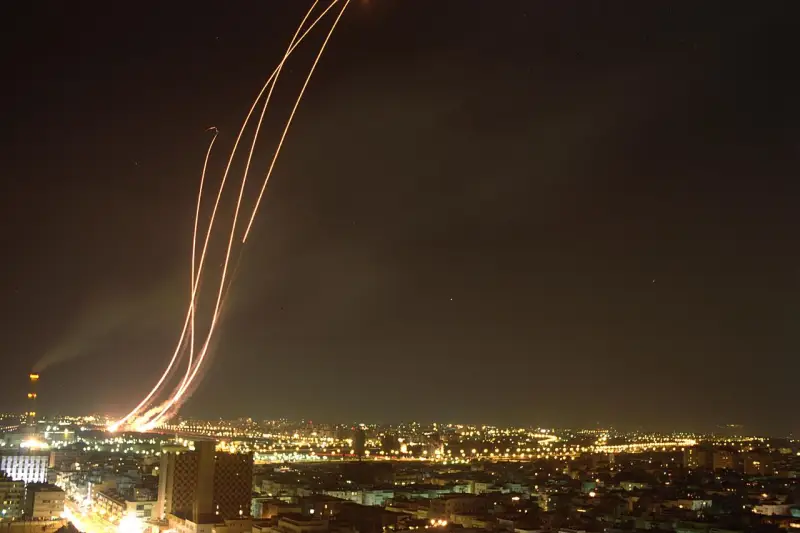
Patriot missile launches against Iraqi ballistic missiles, 1991. Photo: Wikimedia Commons
The ultra-long-range echelon is proposed to be built on the basis of the Israeli-developed Arrow 3 anti-aircraft complex. This product includes a missile with special flight characteristics capable of intercepting aerodynamic and ballistic targets in the atmosphere and beyond. The maximum launch range of the Arrow-3 missile is stated at 2400 km. The height of the damage is at least 100 km.
ESSI developers chose the American Patriot product as a long-range system. Depending on the type of missiles used, such an air defense system is capable of hitting ballistic and aerodynamic targets. Maximum operating range aviation reaches 80-100 km, for ballistic targets - up to 20 km. The height of the lesion is up to 25 km.
They plan to intercept air targets at medium ranges using the German-developed IRIS-T SLM air defense system. This complex has a rated range of up to 40 km and an altitude reach of up to 20 km. As is the case with other air defense systems, the interception of aerodynamic and ballistic targets is envisaged.
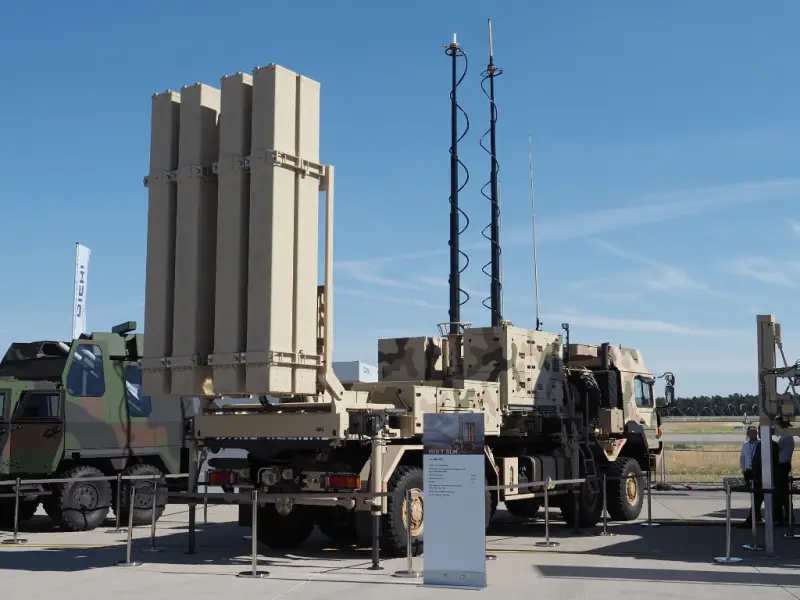
IRIS-T SLM air defense missile launcher. Photo: Wikimedia Commons
German industry, represented by the leadership of the Rheinmetall concern, proposes to supplement these three air defense systems with a short-range system similar to the Israeli Iron Dome complex. Let us recall that the Iron Dome is a specialized missile defense system designed to intercept unguided missiles with a flight range of up to 200-250 km. The Kupola anti-missile missile, called Tamir, has a range of 70 km and is optimized for ballistic targets.
It is unknown what the European analogue of Iron Dome will look like. At the same time, it can be assumed that it will need not only anti-missile, but also anti-aircraft functions. In addition, the use of such an air defense system as part of a layered air defense-missile defense system will reduce the maximum launch range and accordingly simplify the design. As a result, the air defense system according to the Rheinmetall concept will be an analogue, but not a copy of the Israeli product.
Great expectations
NATO and the European Union no longer hide the fact that all their military construction and development of armed forces is connected with the desire to confront Russia. In particular, the ESSI program is directly and officially linked to the need for protection against modern Russian missiles, which have been showing their potential since 2022.
Apparently, the authors of the ESSI initiative chose the air defense system for the construction of the future air defense-missile defense system precisely taking into account the characteristics and capabilities of Russian strike systems. Moreover, two of the three complexes selected soon after the announcement of the program ended up in Ukraine and were tested in practice.
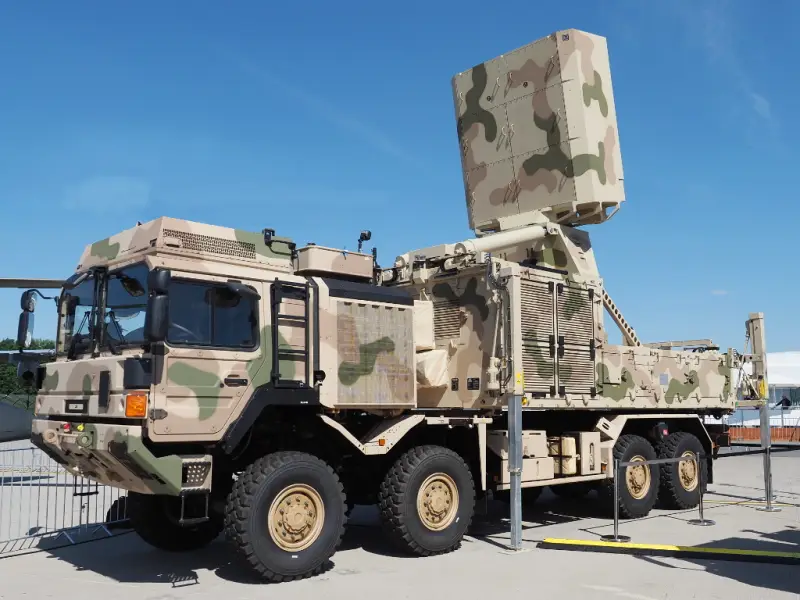
TRML-4D radar from the IRIS-T family of complexes. Photo: Wikimedia Commons
Such “military tests” showed that European specialists made a bad choice. The Russian army, using modern reconnaissance equipment and strike systems, identified, hit and destroyed several IRIS-T and Patriot air defense systems. Israeli Arrow 3 and Iron Dome have not yet appeared in the combat zone, but their capabilities should not be overestimated.
Thus, the anti-aircraft systems proposed for use as part of ESSI could not cope with protection against modern Russian weapons. The same results were shown by some other modern foreign air defense systems. All this casts doubt on the prospects of the “Heavenly Shield” and the future of the European air defense and missile defense system.
The obvious way out of this situation is to rework the ESSI plan and select other complexes that meet the requirements and expected threats. Whether Europe has anti-aircraft systems capable of intercepting modern Russian weapons and protecting itself and other objects from them is a big question. However, without them the entire program is meaningless. How exactly this problem will be solved, time will tell.
Information